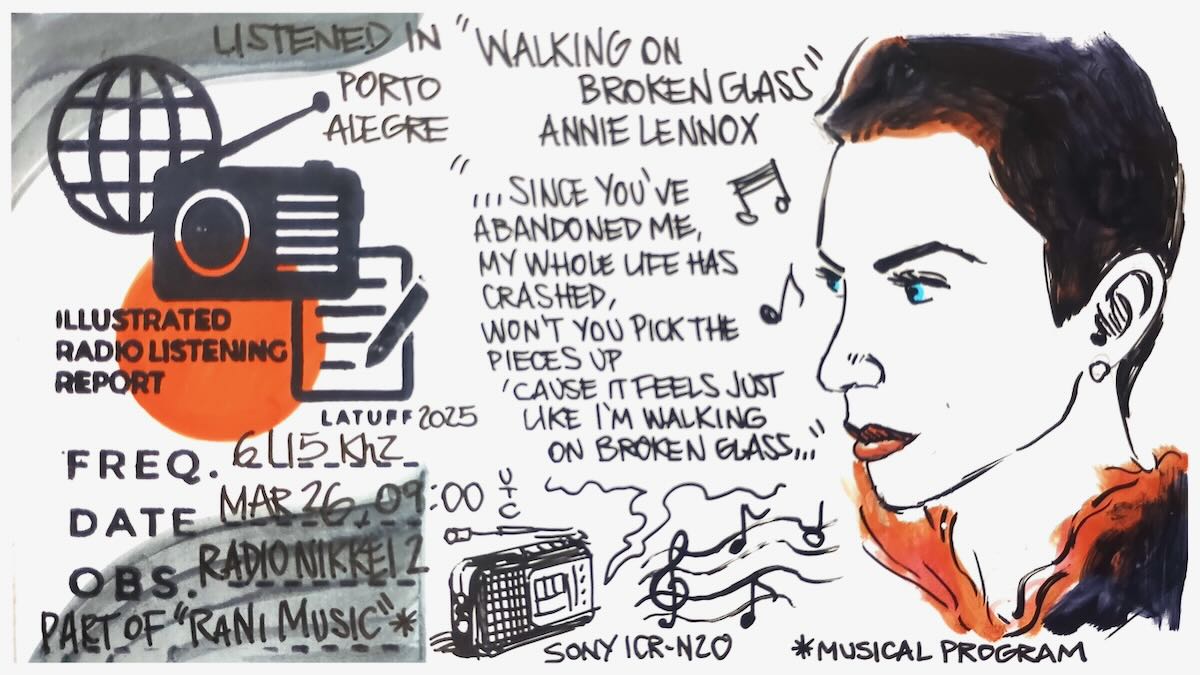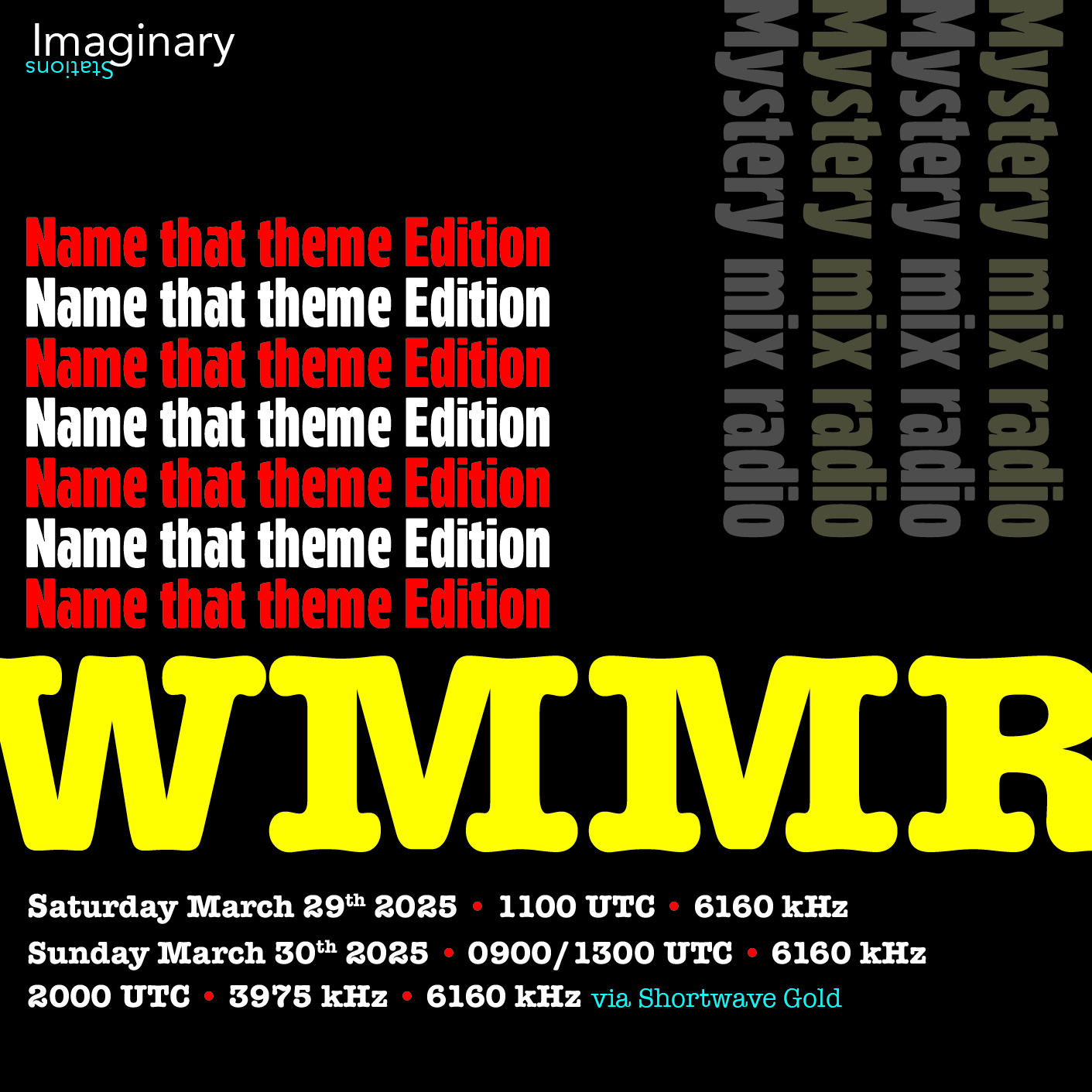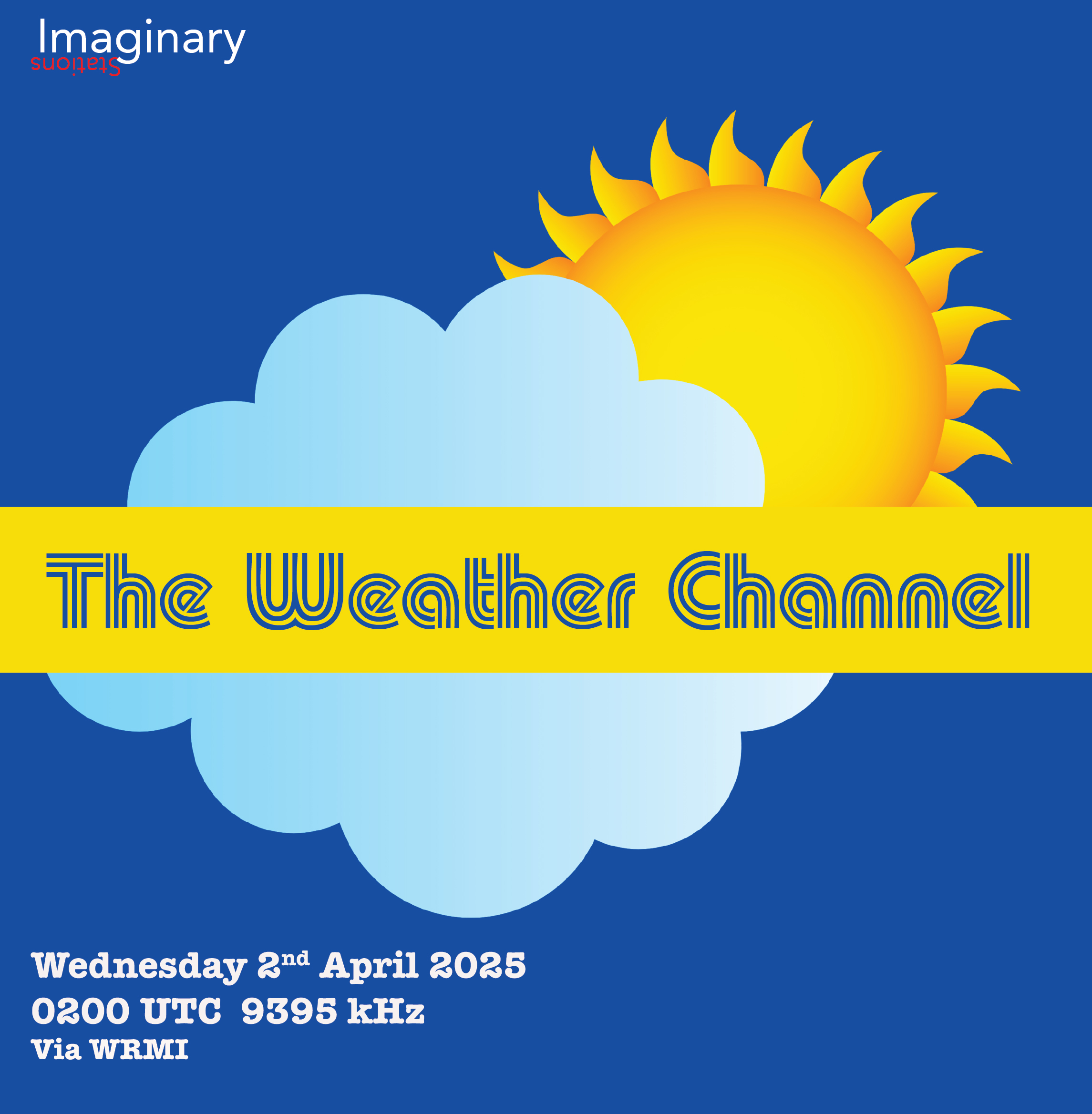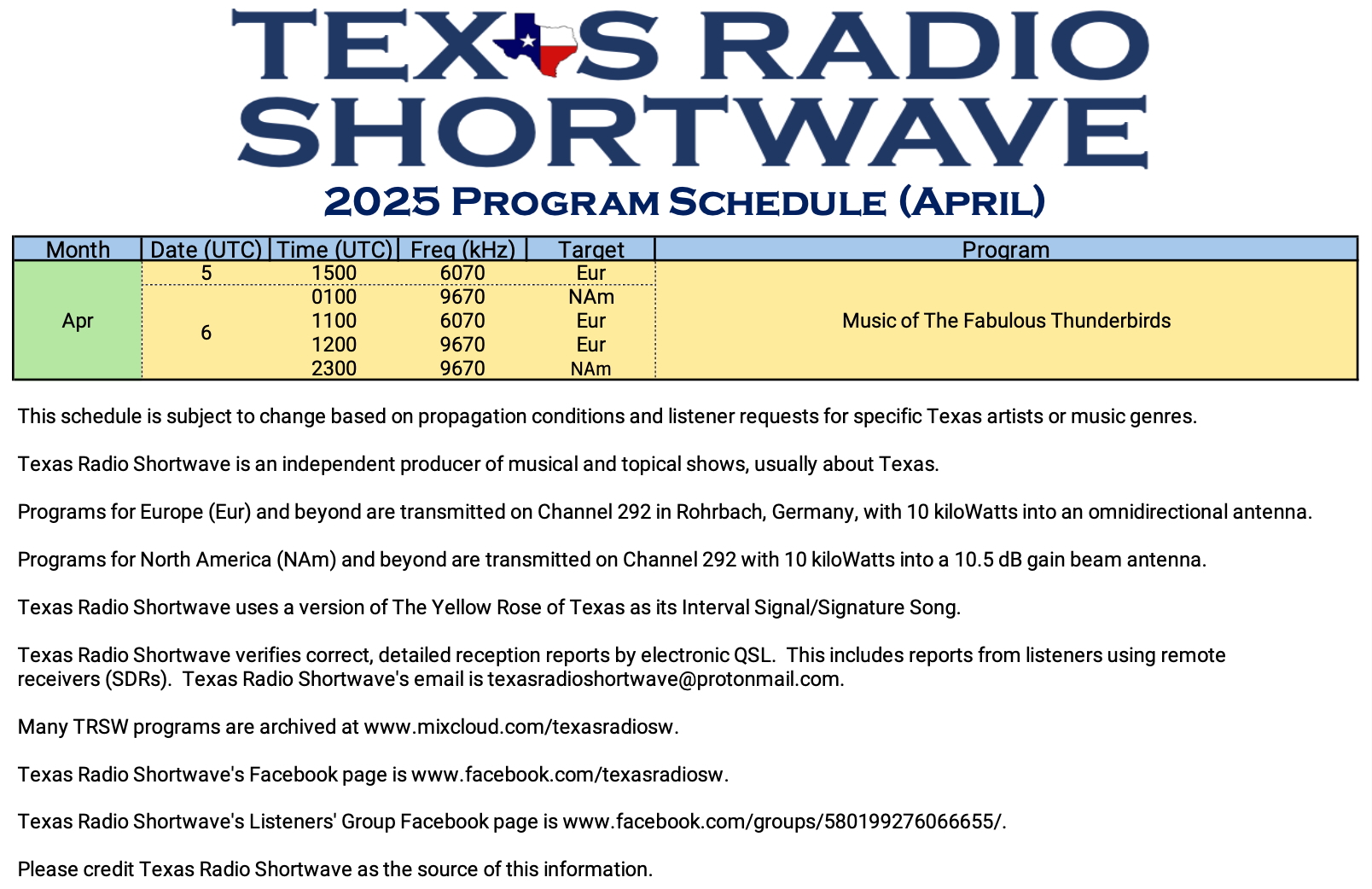 A federal judge has temporarily blocked the U.S. Agency for Global Media (USAGM) from cutting off funding to Radio Free Europe/Radio Liberty, citing a lack of proper justification. The ruling allows the network to continue operations while the legal case moves forward.
A federal judge has temporarily blocked the U.S. Agency for Global Media (USAGM) from cutting off funding to Radio Free Europe/Radio Liberty, citing a lack of proper justification. The ruling allows the network to continue operations while the legal case moves forward.
Rádio Nacional da Amazônia Launches English & Spanish Programming
With thanks to Atsuhiko Takezawa in the World Radio & Television Handbook Facebook group for the tip-off
Starting March 31st, Radio Nacional will broadcast a 10 minute program in english and spanish at 01:50UTC!
EBC’s Executive Radio Manager Thiago Regotto says this new programming is in response to listener requests when they send in reception reports from other countries. The network will use this programming to highlight some content that has aired on international or cultural topics that have a relevance beyond Brazil, highlighting Radio Nacional as a broadcaster without borders.
The programming will air on the entire Radio Nacional Network, which includes the shortwave outlets at 6180khz (100kw, 239 deg az. beam) and 11780khz (100kw, 312 deg az. beam)
Full original announcement in Portuguese at this link
Full original announcement translated to English at this link
Sunday March 30th Edit: Paul Walker here, I originally posted this article. I realize I may have made a mistake when posting this. The original announcement specified 1050pm local time March 31st, which would be 01050UTC April 1st. I jumbled up some dates/numbers on this, so it may not start till UTC time April 1st. My apologies for the mistake, if in fact I made one.
Radio Deals: Qodosen DX-286 on Sale
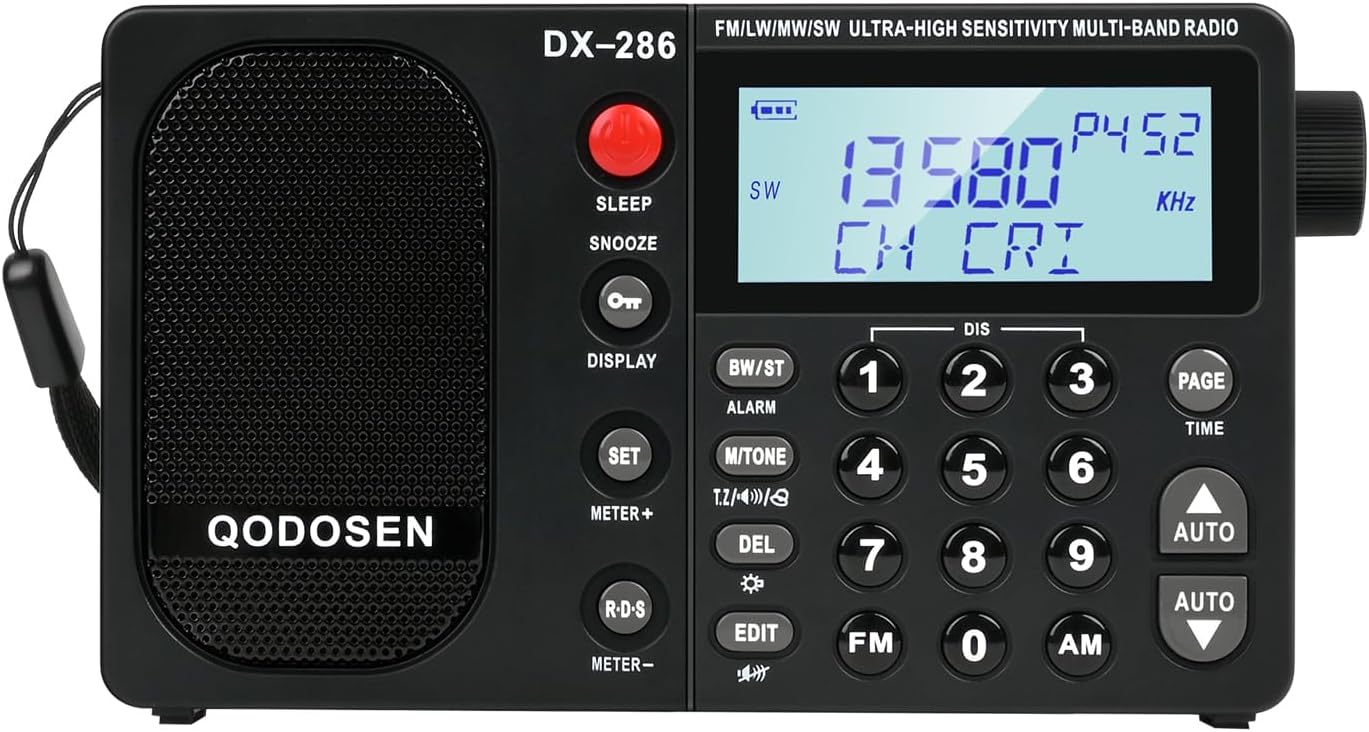 Many thanks to SWLing Post contributor, Barry, who writes:
Many thanks to SWLing Post contributor, Barry, who writes:
Thank you for the tip about the XHDATA deals on Amazon. I picked up a D-808; I’ve always wanted one.
Your readers might be interested to know that the Qodosen DX-286 is also on sale for $67.99 on Amazon. I already have one and love it. I paid $80 last year for it. This is the lowest price I’ve seen for it. Thanks.
Thanks for the tip, Barry! Click here to check out the Qodosen DX-286 on Amazon.com. Note that this spring sales event only lasts a few days and while supplies last. Also note that this link is an affiliate link that supports the SWLing Post at no cost to you!
Carlos’ Illustrated Radio Listening Reports and Recordings of Radio Nikkei 1 and 2 (March 26, 2025)
Many thanks to SWLing Post contributor and noted political cartoonist Carlos Latuff, who shares illustrated radio listening reports of recent Radio Nikkei 1 and Radio Nikkei 2 broadcasts.
Carlos notes:
News and music from Radio Nikkei 1 and 2
Click here to view on YouTube.
Mysteries about the weather
A big hello to all the SWLing community. Imaginary Stations have a couple of great programmes going out on air this week. The first is on Saturday 29th March 2025 at 1100 hrs UTC on 6160 kHz and also on Sunday 30th March 2025 at 0900/1300 hrs UTC on 6160 kHz and at 2000 UTC on 3975 kHz and 6160 kHz. It’s WMMR – Mystery Mix Radio and it’s one of those “Guess what the theme is?’ specials. Once the show’s over, you send us what you think the theme of the show was and the nearest to the correct answer wins a special eQSL. Tune in and enjoy!
On Wednesday 2nd April 2025 at the new time of 0200 UTC via WRMI we bring you a meteorology special with The Weather Channel. Expect some areas of low and high pressure on the show, all sorts of weather related tunes and the odd isobar thrown in for good measure. Also if goes well they’ll be a live set from the “weather-rock” pioneers Cirrocumulus. So get that barometer and thermometer at the ready and keep an umbrella at hand just in case and tune in for some forecasting fun.
For more information on all our shows, please write to [email protected] and check out our old shows at our Mixcloud page here.
FastRadioBurst 23
[Updated] Radio Deals: The XHDATA D-808 and D-220 via Prime Spring Sale
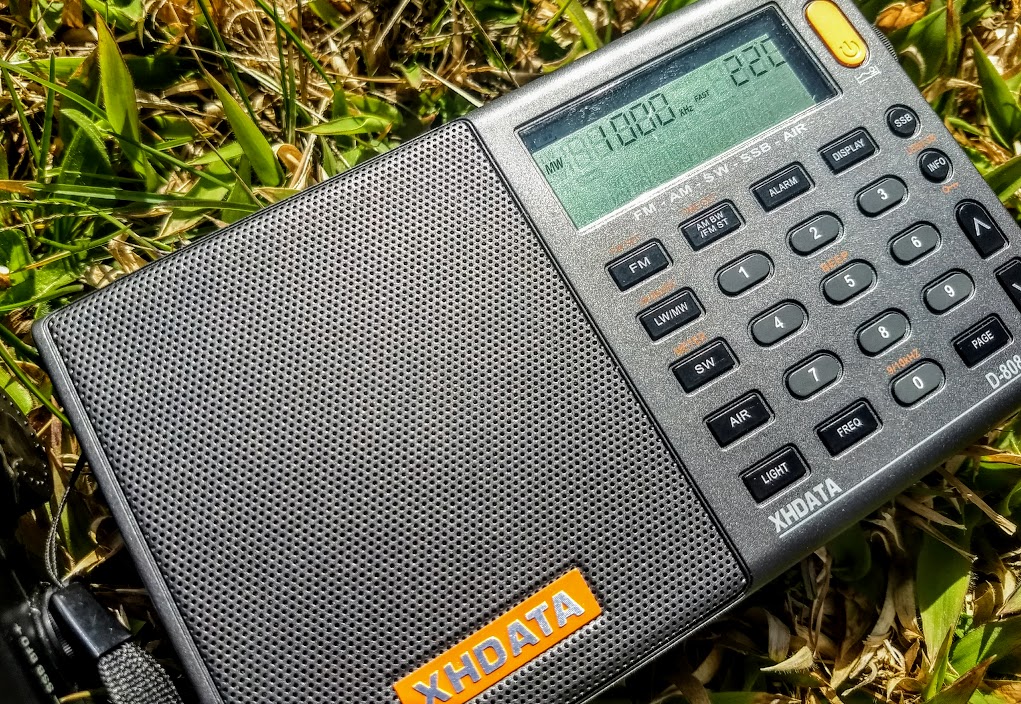 Please note that two excellent shortwave portables are on sale during Amazon’s Prime Spring Sale:
Please note that two excellent shortwave portables are on sale during Amazon’s Prime Spring Sale:
- XHDATA D-220 ($9.95 on sale) — A compact, ultra-affordable pocket radio.
- XHDATA D-808 ($87.55 on sale) — A feature-packed portable with SSB, air band, and great performance.
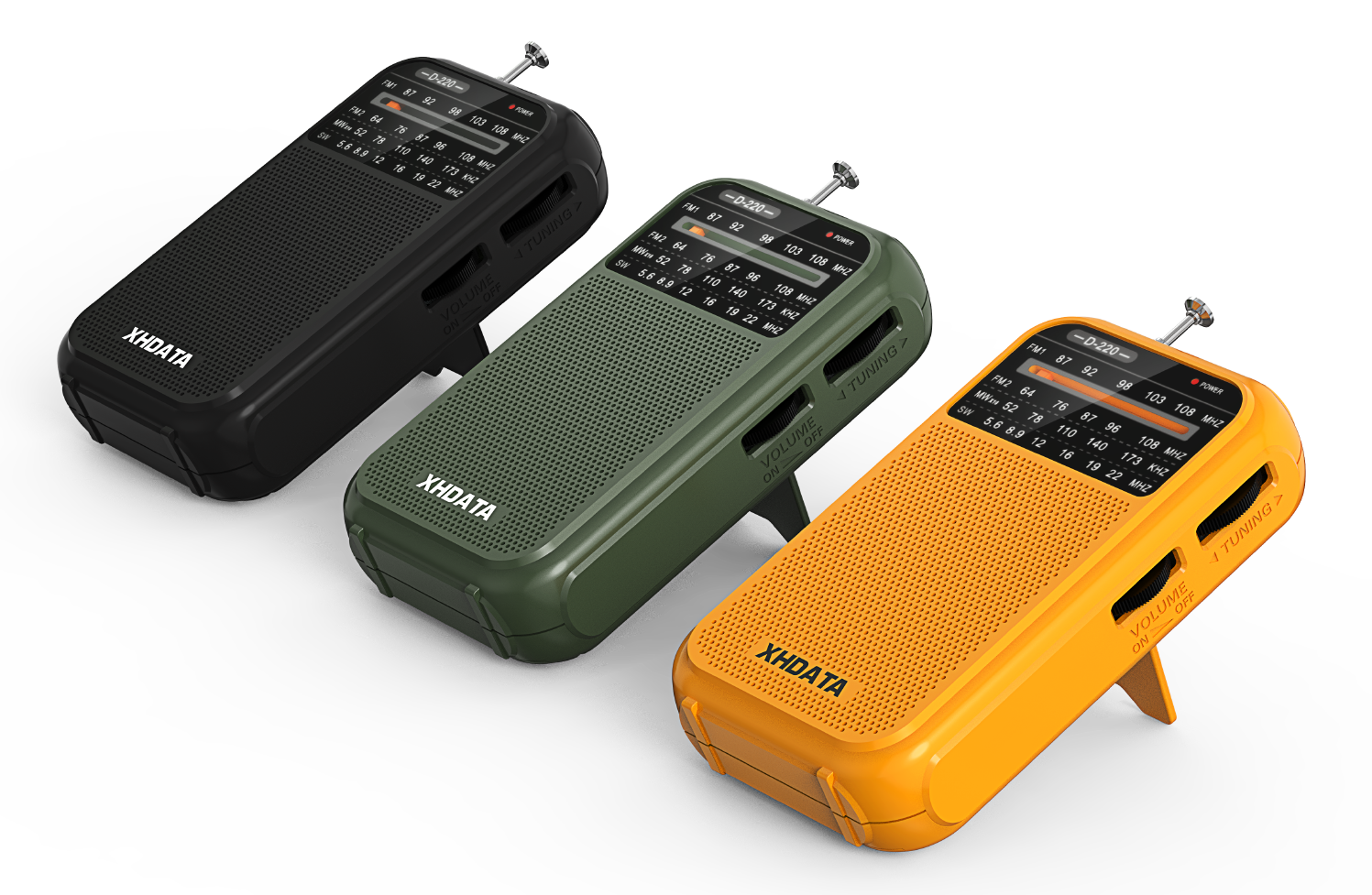 The D-808 remains a favorite among SWLing Post readers for its all-around great performance (Carlos Latuff even uses it for many of his recordings), while the D-220 earns praise for its affordability and simple, ultralight design — you might remember Jock Elliott’s “Nutty Idea” DX Contest last year, inspired by this little radio.
The D-808 remains a favorite among SWLing Post readers for its all-around great performance (Carlos Latuff even uses it for many of his recordings), while the D-220 earns praise for its affordability and simple, ultralight design — you might remember Jock Elliott’s “Nutty Idea” DX Contest last year, inspired by this little radio.
Additionally, XHDATA is a proud sponsor of the SWLing Post, and purchasing through these affiliate links helps support the site at no extra cost to you.
UPDATE: Additional Discounts
XHDATA sent me the following additional discounts for SWLing Post readers:
Note: Only available on Amazon US for the time being.
Exclusive Discount Details:
- 5% Discount Code for R108 and D808 Radio (Black & Gray): 05D808SPRING
- This discount can be combined with the Spring Deal Price!
Product Links:
R108: R108 Radio (Black) R108 Radio (Gray)
D808: D808 Radio (Black) D808 Radio (Gray)
Effective Dates:
From Mar 25, 2025, 00:00 to Mar 31, 2025, 23:59 (PST).
Texas Radio Shortwave: Program Schedule for April 2025
Many thanks to SWLing Post contributor Terry (N5RTC), who shares the following April 2025 schedule for Texas Radio Shortwave (click here for PDF version):



